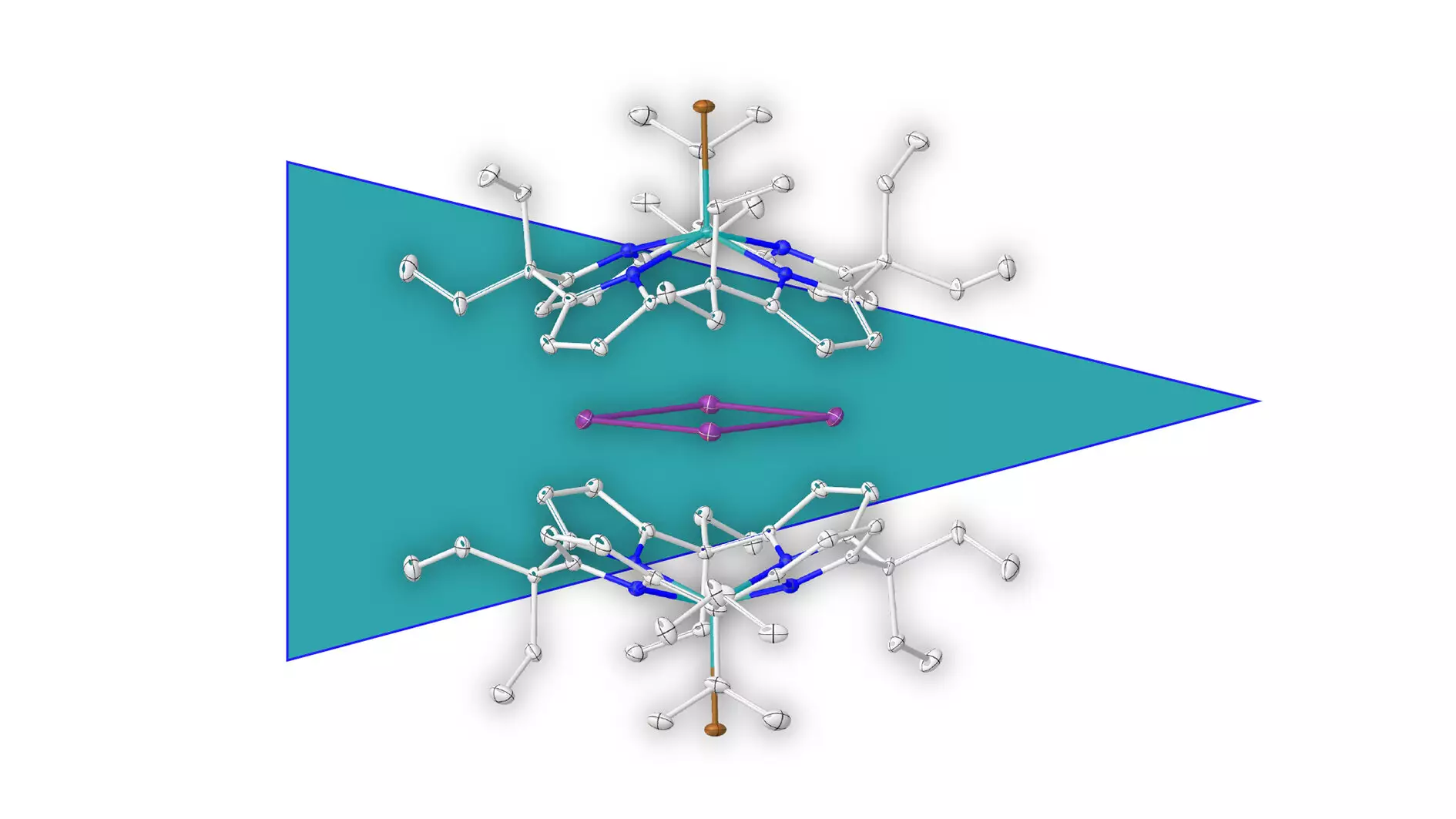Aromatics are a well-established domain of organic chemistry, commonly associated with ring-shaped structures primarily constituted of carbon atoms. The term ‘aromaticity’ evokes images of familiar compounds that are integral to various industrial and natural processes due to their unique stability and reactivity. Recently, however, the scientific community has witnessed an unprecedented breakthrough: the discovery and isolation of an aromatic compound composed solely of metal atoms. Led by Prof. Dr. Lutz Greb at Heidelberg University’s Institute of Inorganic Chemistry, this groundbreaking work could redefine our understanding of aromaticity and its implications in modern chemistry.
The Significance of Bismuth-Based Aromatics
The isolated metal ring consists entirely of elemental bismuth, a discovery that presents a completely new dimension to our understanding of aromatic systems. Traditionally, aromatic complexes often involve metals interacting with organic ligands. This study challenges the long-held perception that aromaticity is exclusive to carbon structures, suggesting that metals can also exhibit aromatic characteristics independently. This revelation not only broadens the scope of aromatic chemistry but also introduces intriguing questions regarding the nature of aromatic stability and reactivity among transition metals.
Innovative Stabilization Techniques
Dr. Greb’s team utilized an innovative supramolecular approach to stabilize this unusual metal ring. By surrounding the positively charged bismuth ring with a negatively charged molecular shell, they effectively inhibited potential decomposition reactions, a significant hurdle in isolating reactive metals. This method exemplifies the combination of creativity and engineering that often fuels scientific advancement. The implications extend beyond the current study; the methodology could pave the way for stabilizing other positively charged molecular structures, thereby expanding the toolkit available for chemists.
Future Implications for Charge Transport
The implications of discovering these bismuth-based metal aromatics extend into several realms of chemistry and material science. As Greb notes, this new understanding may unlock novel pathways for charge transport in metal systems. Such insights could lead to advances in electronics, catalysis, and even energy storage solutions. The potential for practical application underscores the importance of this work and invites further exploration into the stability and functionality of metal-based aromatic systems.
A New Concept of Aromaticity
What is particularly intriguing is that Greb and his team suggest their findings point towards a new foundational concept in the area of aromaticity itself. The unexpected behaviors observed in these metal rings challenge conventional wisdom and may necessitate a reevaluation of aromatic rules as they pertain to different atomic constituents. By venturing beyond carbon, this research ventures into a paradigm shift in how aromaticity could be perceived, examined, and understood in future studies.
The study of metal aromaticity is not mere academic curiosity; it holds the promise of revolutionizing certain aspects of chemical systems and material applications. As we continue to explore the boundaries of what constitutes aromatic compounds, the discoveries made by Greb’s team mark a pivotal moment in chemical research that could shape the foundation of the field for years to come.


Leave a Reply